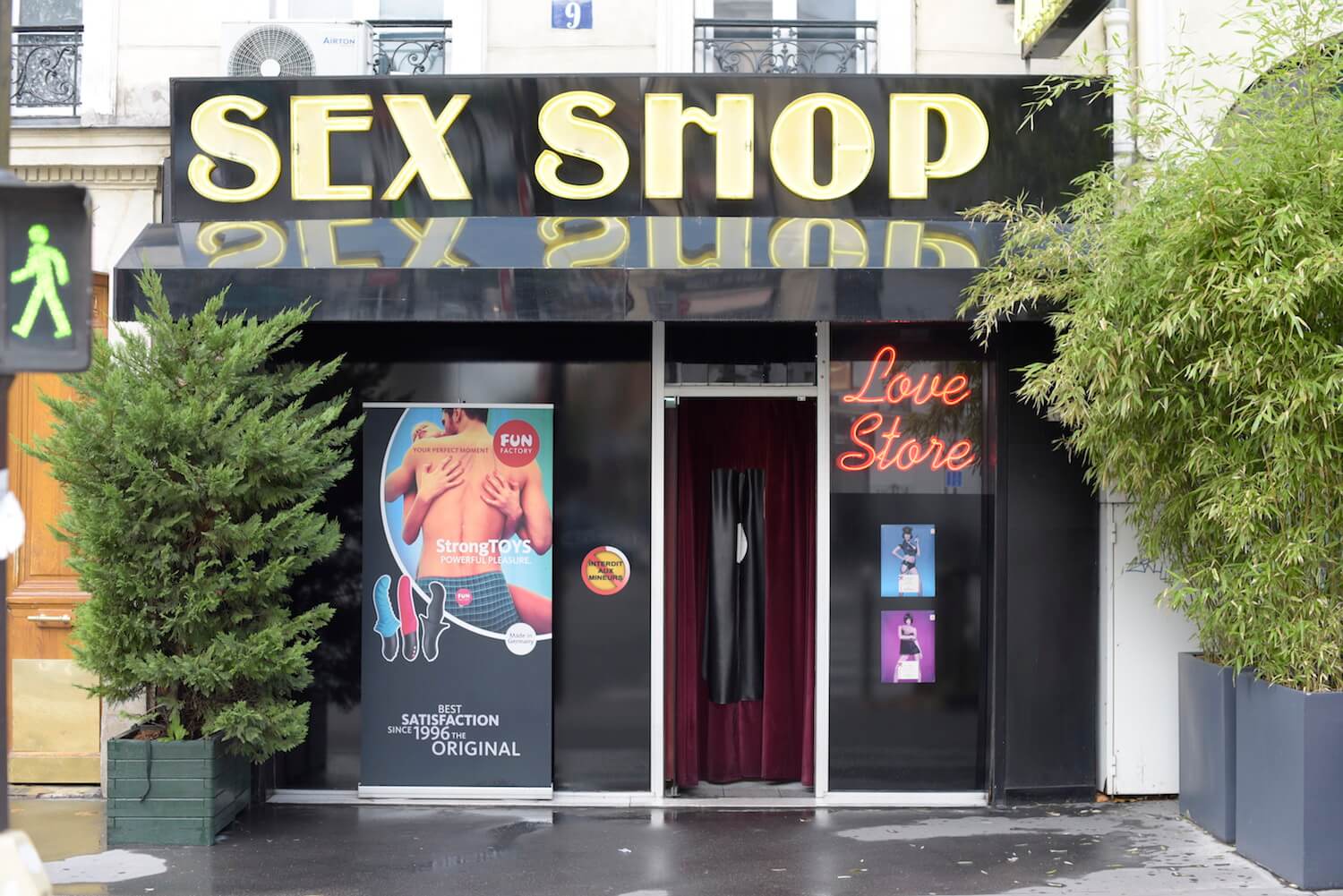Invited back to artgenève following the successes of the previous year with Jules Spinatsch, the CPG will be showing a new series of works by Patrick Weidmann (*1956, lives and works in Geneva).
His solo exhibition at the CPG in 2012, Best of Dictature – coinciding with the publication of his first monograph with JRP-Ringier – compellingly raised the question of the fetishism of merchandise for the first time ever in the CPG’s programme. The show planned for artgenève comprises a new series which depicts the virile machine-fuelled world of police motorcycle outriders, the guardian angels of the stars at Cannes. To accompany the presentation of Patrick Weidmann’s new publication, Magazine de Charme, published by Les éditions Centre de la photographie Genève at the end of 2015, the CPG will counterbalance the show with some new pieces from the series of the same name exhibited by the CPG for the first time in 2006 in the PHOTO-TRAFIC exhibition. The combination of “black-booted gendarmes at Cannes” and “crumpled pictures of pin-ups from erotic magazines” will delight fetishists of all stripes, including contemporary art fetichists.
Fiche d'artisteArtist file

In 1985, the artist Orlan decided to take Patrick Weidmann for a spin on Rue St Denis. They agreed to meet by Les Halles. He got into her Citroën 2CV. They stopped frequently and got out onto the sidewalk. They visited every sex shop and peep show. According to Weidmann, Orlan found it hilarious but a nasty cold kept her almost silent. Some of the places were in pitiful shape, he noticed. He had an idea—some day he would do a series on architectural indigence and come back to these storef [...]
In 1985, the artist Orlan decided to take Patrick Weidmann for a spin on Rue St Denis. They agreed to meet by Les Halles. He got into her Citroën 2CV. They stopped frequently and got out onto the sidewalk. They visited every sex shop and peep show. According to Weidmann, Orlan found it hilarious but a nasty cold kept her almost silent. Some of the places were in pitiful shape, he noticed. He had an idea—some day he would do a series on architectural indigence and come back to these storefronts and capsules smelling of bleach.
Around 2015 Weidmann went and photographed almost all of them. Meanwhile, they had gotten much worse. Those shops that hadn’t closed or been converted into fast food joints were in a dilapidated state that gave them an almost tragic charm, he says.